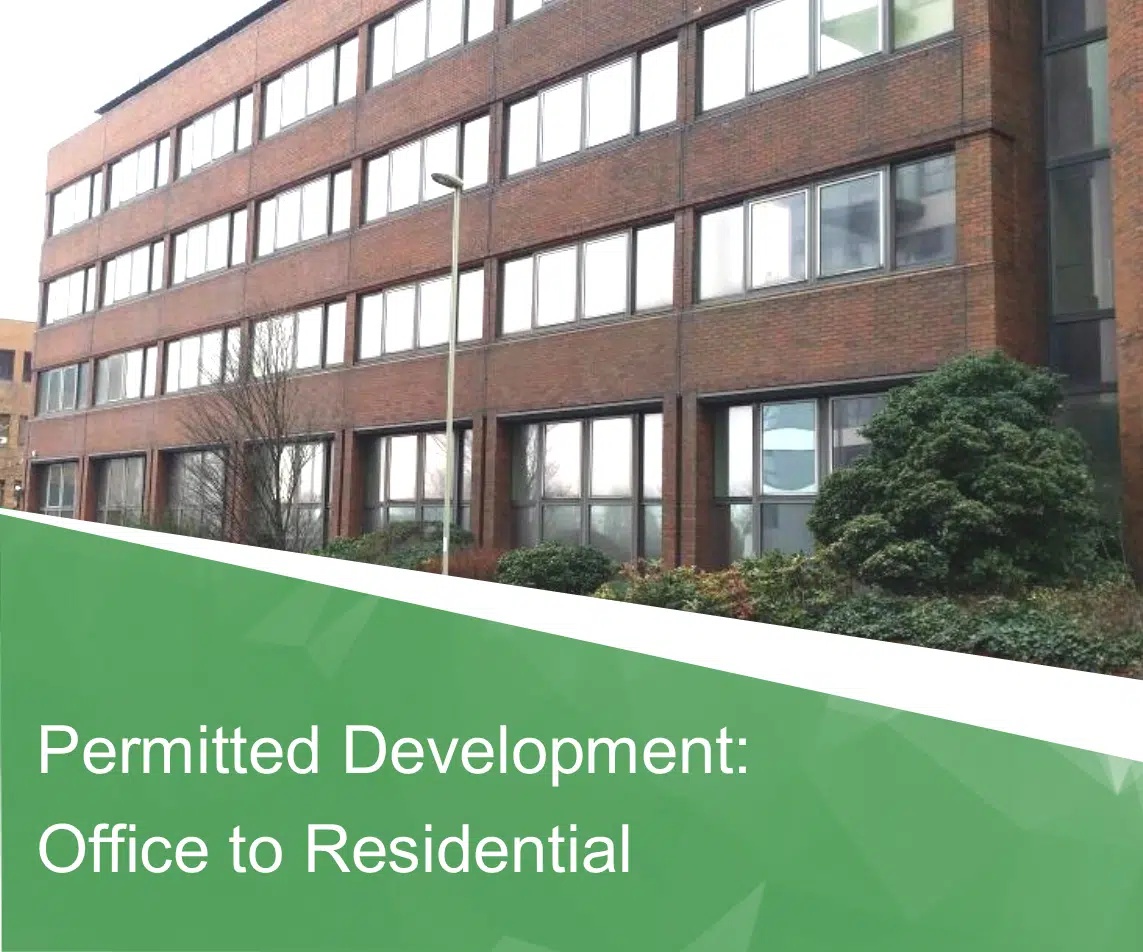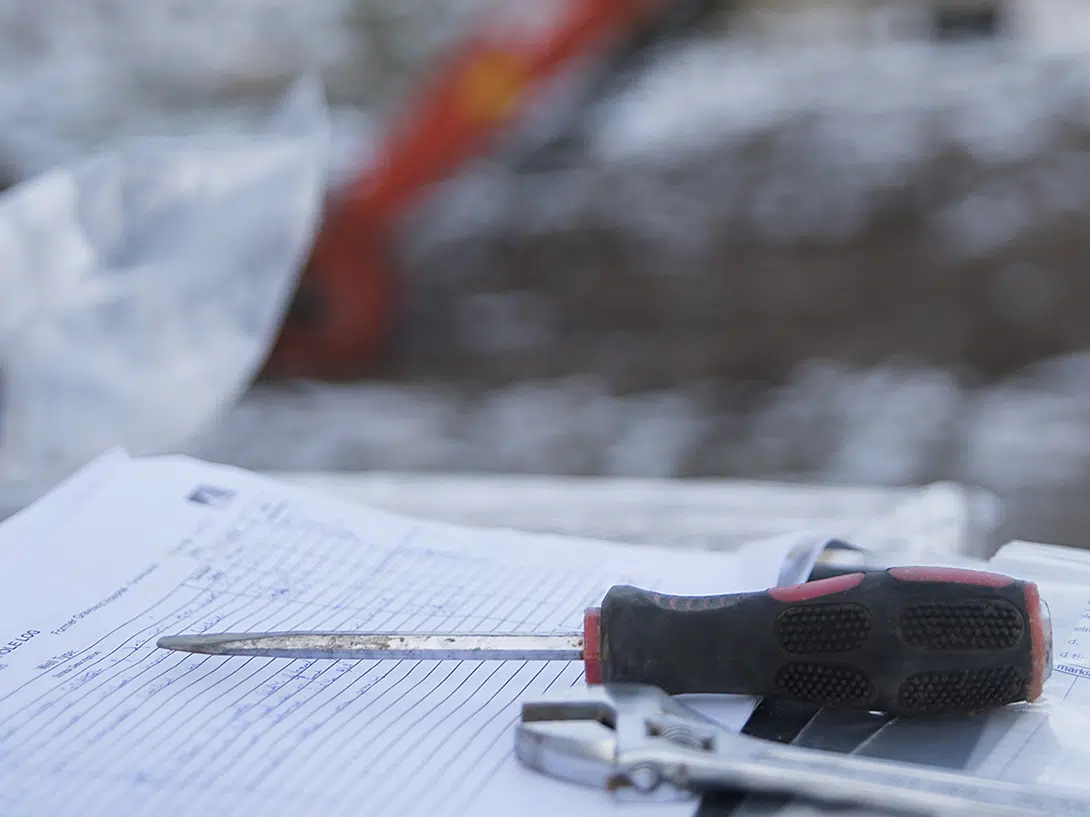Find out more about how we can help.

The Government recently announced changes to the office-to-residential permitted development rights. The temporary rights, which were introduced in 2013, have resulted in “almost 4,000 conversions being given the go-ahead between April 2014 and June this year”.
Housing Minister Brandon Lewis announced that the temporary rights, which were originally due to expire in May 2016, will now be made permanent. He added that future rights will also allow the demolition of office buildings and may be taken a step further by allowing light industrial buildings and launderettes to be converted into new homes. Prior approval will still be required and the limitations that will be imposed has yet to be confirmed. However, there is no doubt that the future rights will open up many more residential development opportunities in the future.
So, those who already have permission under the temporary permitted rights now have three years in which to complete that change of use, rather than having to do so by May 2016. And those areas which are currently exempt from the office to residential permitted development rights will continue to be exempt until May 2019. Local Authorities will need to have submitted an Article 4 direction by this date if they wish to continue determining planning applications for the change of use.
We will continue to look out for more details over the coming months. For more details on how we can help please visit our Prior Approval page or should you wish to know more about the changes please do not hesitate to contact us on 01634 757 705.

How we can protect your construction site from unnecessary delays and costs. If piling is part of your construction plans, a piling risk assessment could be a vital step to avoid potential problems that could disrupt your project, including: Piling risk assessments are now explicitly referenced within the Environment Agency’s Land Contamination Risk Management Guidance […]
How we can protect...
Contamination is not always something that can be seen; often contamination is invisible, buried below ground or is present in perfectly normal looking topsoil.
This is a question...
What is a Phase 1 Desk Study? A Phase 1 Desk Study will determine if contamination could be present at your site, and importantly, if that contamination poses a risk to future site users or the environment. Why is a Phase 1 Desk Study needed for this site? If the Desk Study finds that the […]
What is a Phase 1...
When you are looking for an Environmental Consultant, it is important to choose the right one to guide you through the process. At Lustre Consulting, we are committed to our core values of being: Supportive: To support our customers as best we can professionally and personally. Reliable: Going out of our way to deliver a […]
When you are looking...